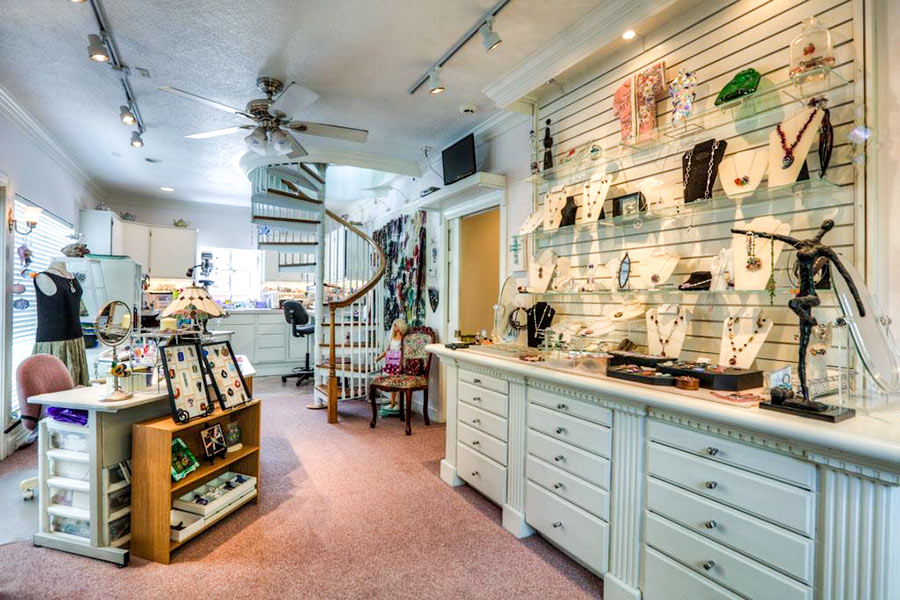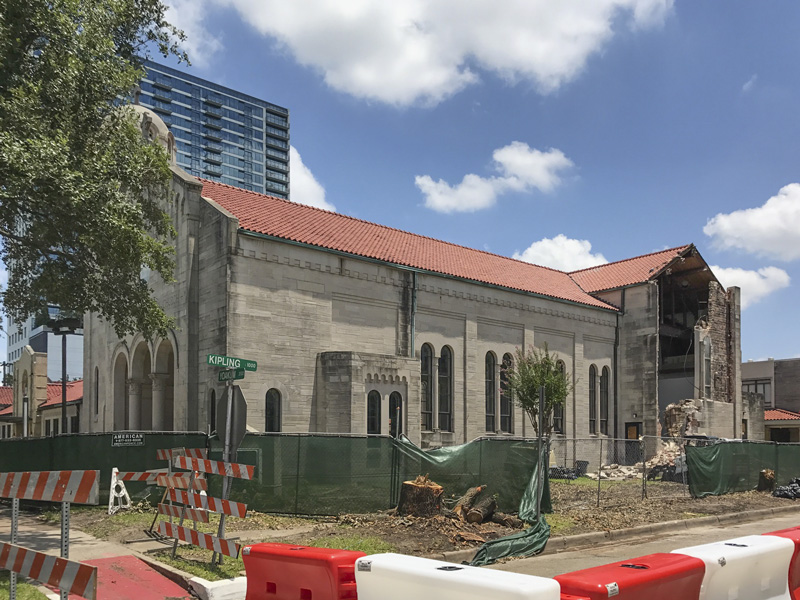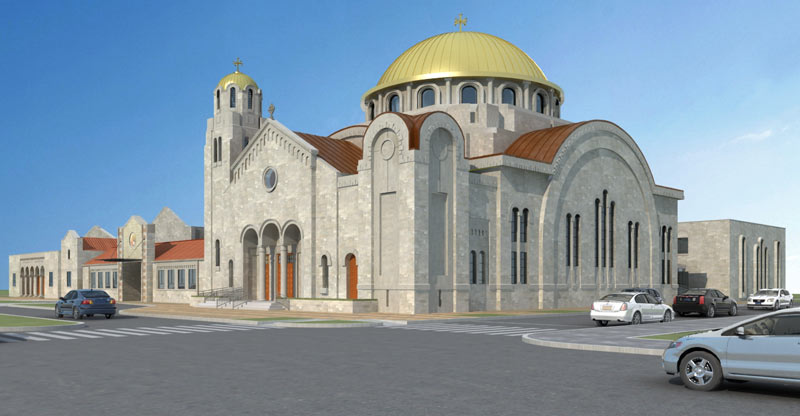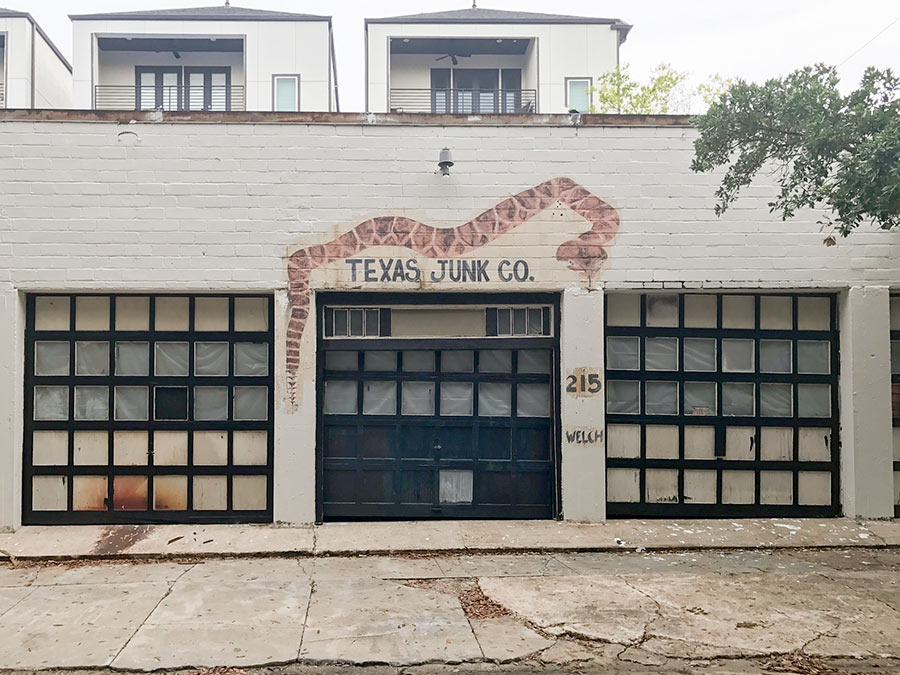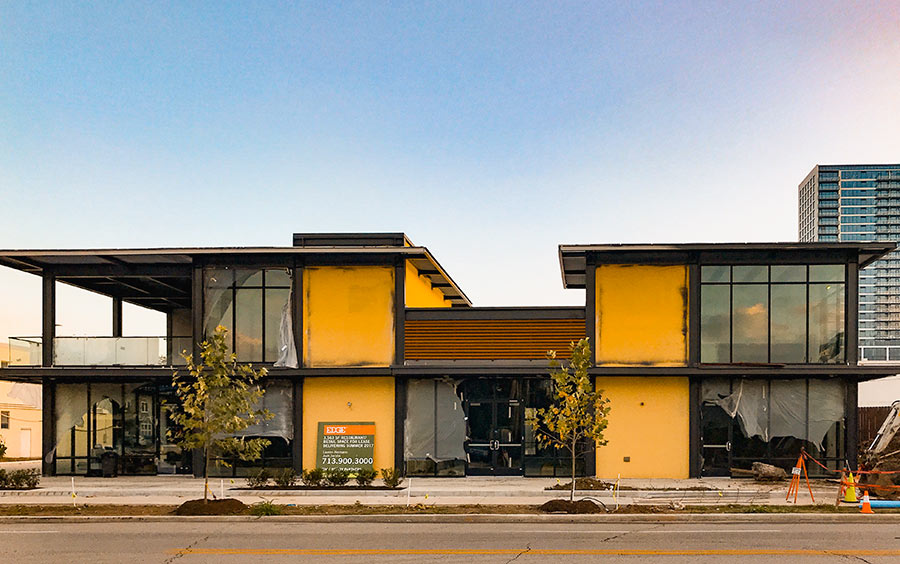
A half-decade after the demolition of its on-site predecessors, the retail building replacing the former Ruggles Grill at 903 Westheimer Rd. just east of Montrose Blvd. is almost complete. Going inside the new 6,536-sq.-ft. structure across from Uchi: a couple of Dallas imports.
On the right, on the side closer to the Smoothie King drive-thru, will go the first out-of-Dallas location of the East Hampton Sandwich Company chain. On the left, next to the side parking lot and the Woman’s Home’s Cottage Shop, will be the second Houston location of Velvet Taco. Sandwiched between them is a 1,120-sq.-ft. space that appears to be still available, according to leasing documents — perhaps for a third wheat-wrapped-lunch spot of north Texas origin.
A 57-spot parking lot wraps around and in back of the building:


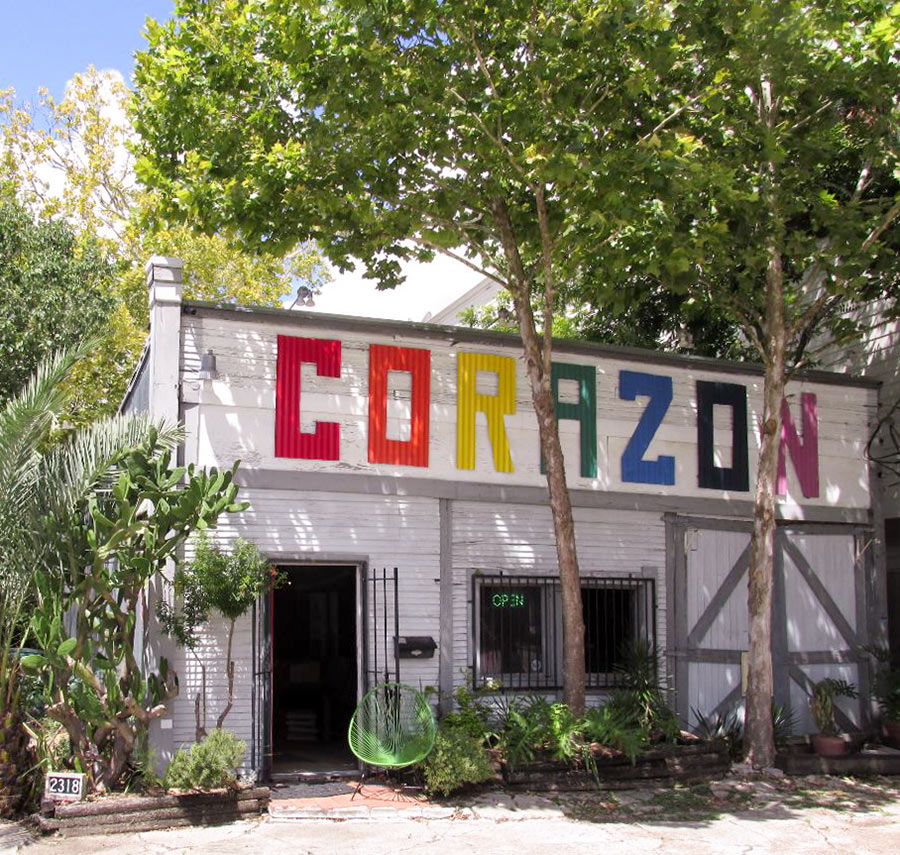
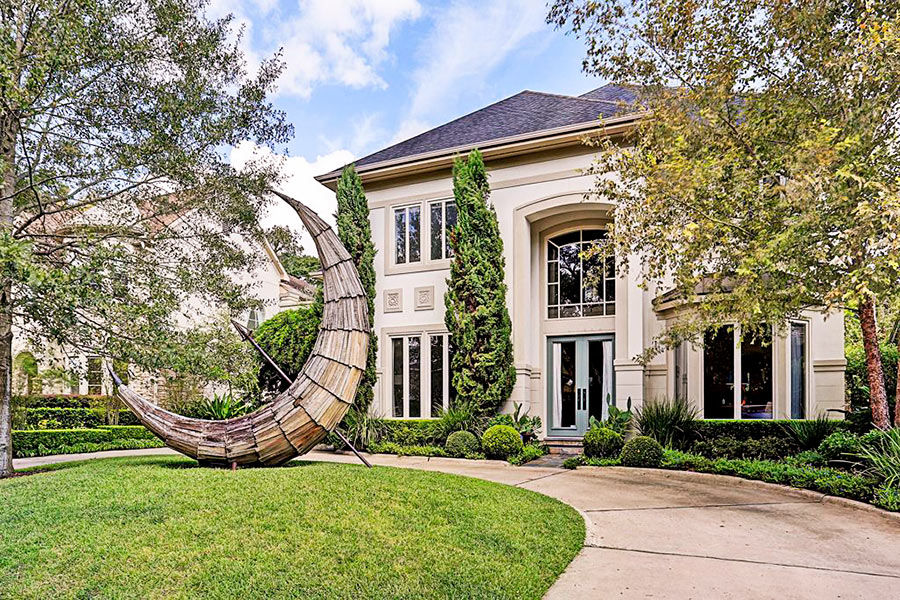
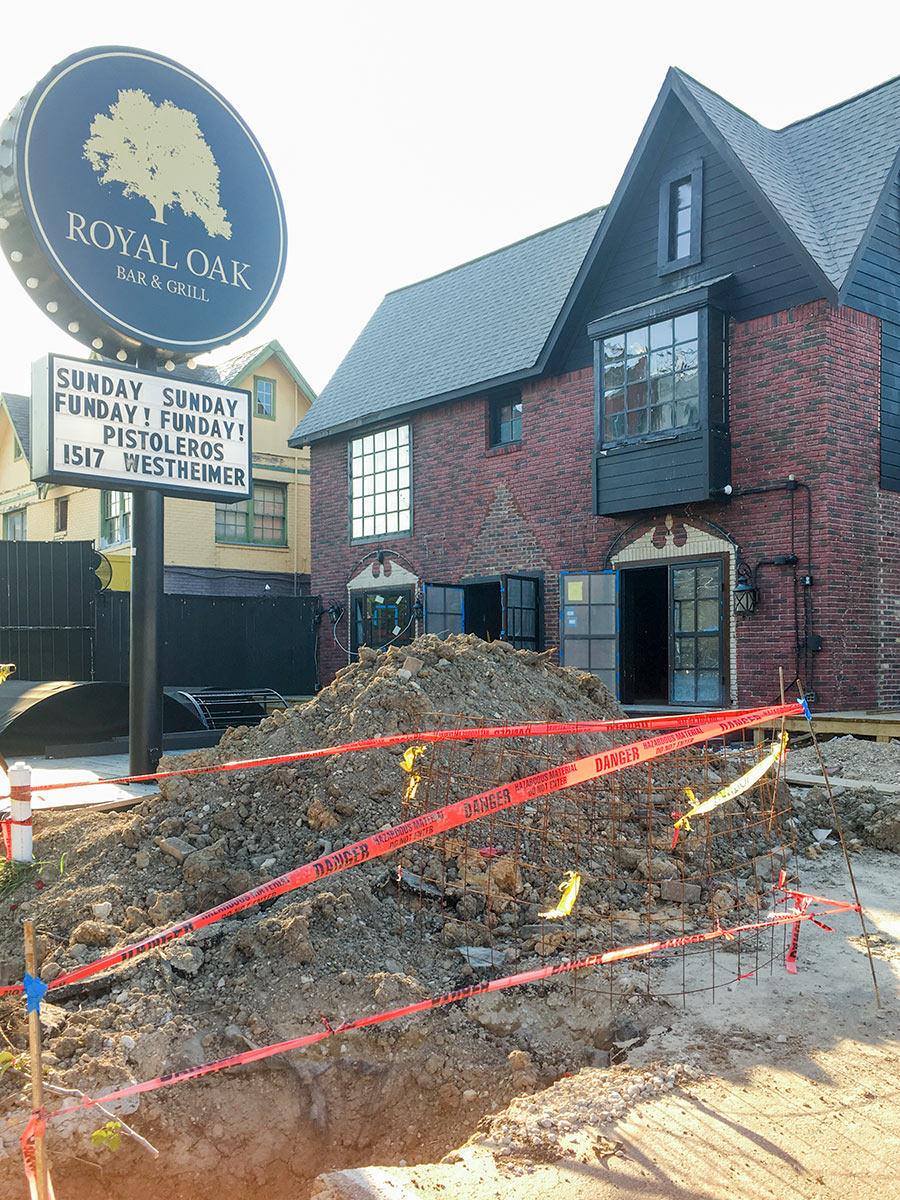
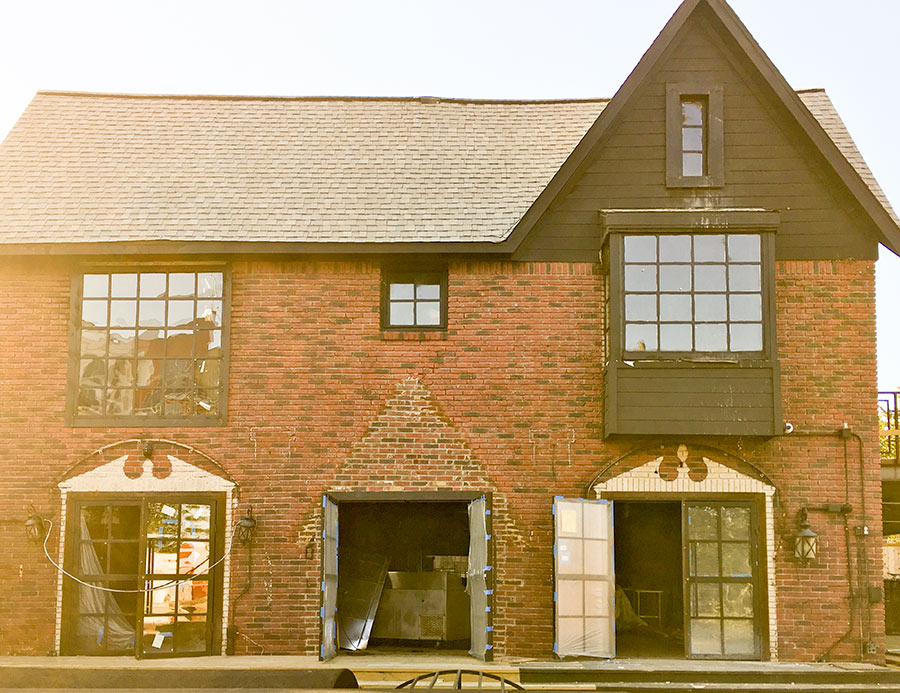
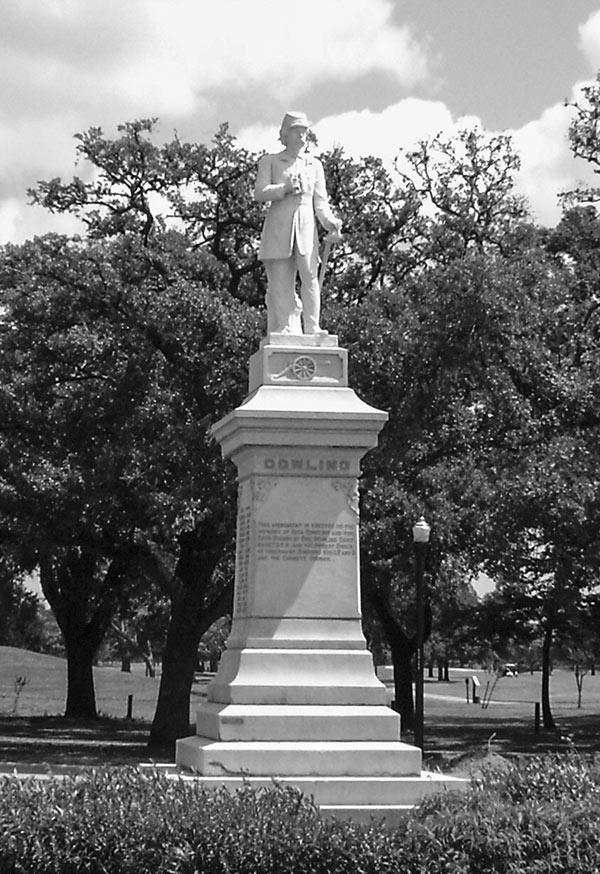 For the second time in 5 years, FBI and ATF officials on Sunday raided the house at 2025 Albans St. in search of explosives. Both ventures resulted in the arrest of one of its residents, now-25-year-old Andrew Cecil Earhart Schneck. Schneck, who was released from probation last year, had pled guilty in federal court 2 years earlier for knowingly storing explosives in the 2013 incident. He was arrested again this past Saturday night after a Houston park ranger reportedly
For the second time in 5 years, FBI and ATF officials on Sunday raided the house at 2025 Albans St. in search of explosives. Both ventures resulted in the arrest of one of its residents, now-25-year-old Andrew Cecil Earhart Schneck. Schneck, who was released from probation last year, had pled guilty in federal court 2 years earlier for knowingly storing explosives in the 2013 incident. He was arrested again this past Saturday night after a Houston park ranger reportedly 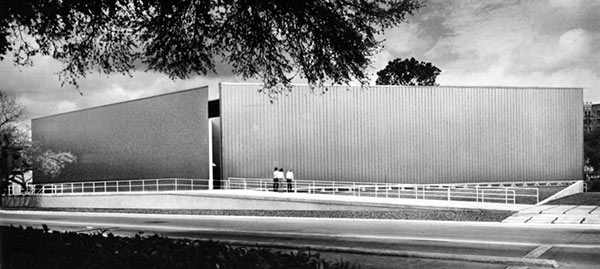 Latvian-born architect Gunnar Birkerts, designer of the stainless-steel-clad Contemporary Arts Museum that’s stood at the northwest corner of Montrose Blvd. and Bissonnet St. since 1972,
Latvian-born architect Gunnar Birkerts, designer of the stainless-steel-clad Contemporary Arts Museum that’s stood at the northwest corner of Montrose Blvd. and Bissonnet St. since 1972, 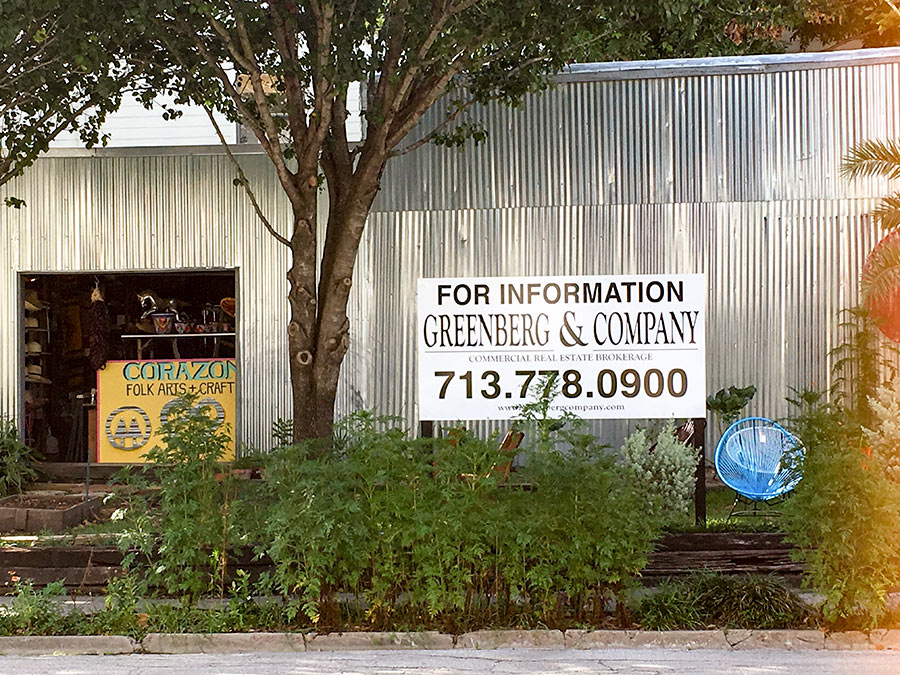 “My family moved out of Hyde Park four years ago, and it’s incredible how much the neighborhood has changed in that time. Yes, I know change is inevitable and can be for the better, but this neighborhood has changed at a breakneck pace. I’m pretty sure at least half of the houses/buildings along Commonwealth and Waugh have been torn down since we left (admittedly some of them really needed to go, given the terrible shape they were in). I guess this will be added to the heap.” [
“My family moved out of Hyde Park four years ago, and it’s incredible how much the neighborhood has changed in that time. Yes, I know change is inevitable and can be for the better, but this neighborhood has changed at a breakneck pace. I’m pretty sure at least half of the houses/buildings along Commonwealth and Waugh have been torn down since we left (admittedly some of them really needed to go, given the terrible shape they were in). I guess this will be added to the heap.” [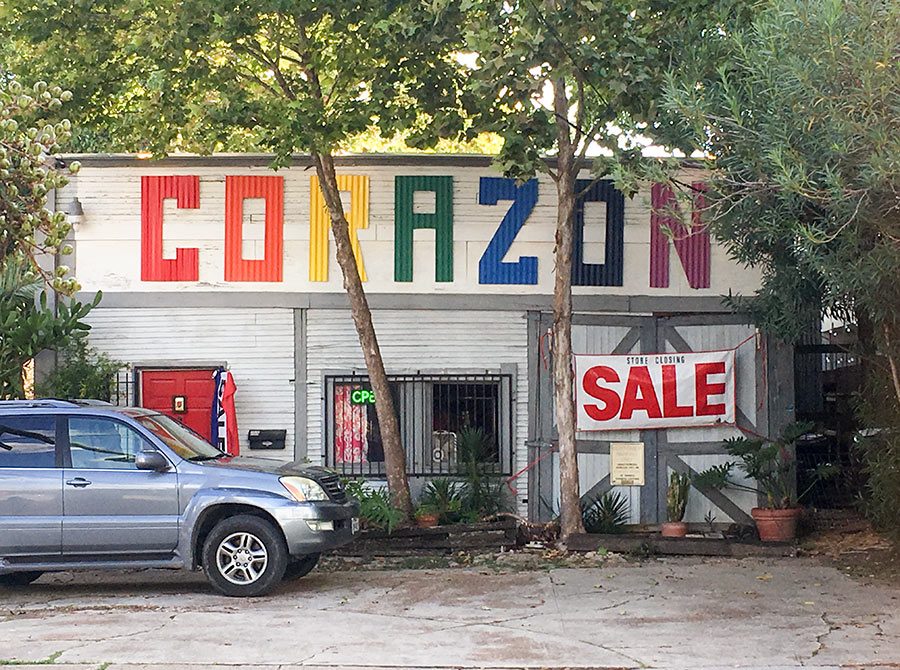
 “I regularly walk around in Montrose. I’ve also been to many urban neighborhoods in the northeast which are as close to 100% gentrified as you can get. I’m talking Greenwich Village in NYC, Beacon Hill in Boston, Georgetown in DC.
Montrose is not anywhere close to that level of gentrification. It won’t even be there in 20 years. Right now, you can still walk around Montrose and see loads of old 60s and 70s garden complexes with $700 a month apartments. There are plenty of trashy convenience stores, rundown strip malls, and vacant lots. And yes, there are still plenty of young artists and musicians who live in the area and hang out in areas like the Menil plying their craft.
Any neighborhood where a lot on a major commercial street can sit vacant for over a year is not that gentrified yet.
Okay, so yes. Montrose is obviously gentrifying. It’s different from how it was 20, 30, 40 years ago. That’s part of city life–places change, some people move out, other people move in. And eventually, maybe in a few decades, if Houston doesn’t get destroyed in a hurricane or become the next Detroit due to economic collapse, Montrose probably will become the kind of bland-ish upper crust West U-ish neighborhood people act like it already is. But here’s the reality: It’s not there yet, and it won’t be for quite awhile.” [
“I regularly walk around in Montrose. I’ve also been to many urban neighborhoods in the northeast which are as close to 100% gentrified as you can get. I’m talking Greenwich Village in NYC, Beacon Hill in Boston, Georgetown in DC.
Montrose is not anywhere close to that level of gentrification. It won’t even be there in 20 years. Right now, you can still walk around Montrose and see loads of old 60s and 70s garden complexes with $700 a month apartments. There are plenty of trashy convenience stores, rundown strip malls, and vacant lots. And yes, there are still plenty of young artists and musicians who live in the area and hang out in areas like the Menil plying their craft.
Any neighborhood where a lot on a major commercial street can sit vacant for over a year is not that gentrified yet.
Okay, so yes. Montrose is obviously gentrifying. It’s different from how it was 20, 30, 40 years ago. That’s part of city life–places change, some people move out, other people move in. And eventually, maybe in a few decades, if Houston doesn’t get destroyed in a hurricane or become the next Detroit due to economic collapse, Montrose probably will become the kind of bland-ish upper crust West U-ish neighborhood people act like it already is. But here’s the reality: It’s not there yet, and it won’t be for quite awhile.” [ “No one likes it when a fun edgy neighborhood like Montrose gentrifies. Seeing original funky local haunts replaced by chains and high end destinations is like losing an old friend. But this process of gentrification is actually good in the long run because each generation gets a new chance at building a home for the local counterculture. Without that cycle of displacement and rebirth, the counterculture becomes entrenched and turns into an establishment culture within the counterculture. Rising rents in Montrose pushed out lots of artists. But it also created demand for studio space that gave birth to the 1st Ward arts district and great new developments like the Silos. And the same dynamic is playing out for bars and clubs popping up all over the east side. The counterculture lives on and thrives when each generation has a chance to find their own voice by converting a forgotten part of the city into the next counterculture hub. In the end, the kids are alright. They just need a push out into the wilderness every few decades to keep things fresh.” [
“No one likes it when a fun edgy neighborhood like Montrose gentrifies. Seeing original funky local haunts replaced by chains and high end destinations is like losing an old friend. But this process of gentrification is actually good in the long run because each generation gets a new chance at building a home for the local counterculture. Without that cycle of displacement and rebirth, the counterculture becomes entrenched and turns into an establishment culture within the counterculture. Rising rents in Montrose pushed out lots of artists. But it also created demand for studio space that gave birth to the 1st Ward arts district and great new developments like the Silos. And the same dynamic is playing out for bars and clubs popping up all over the east side. The counterculture lives on and thrives when each generation has a chance to find their own voice by converting a forgotten part of the city into the next counterculture hub. In the end, the kids are alright. They just need a push out into the wilderness every few decades to keep things fresh.” [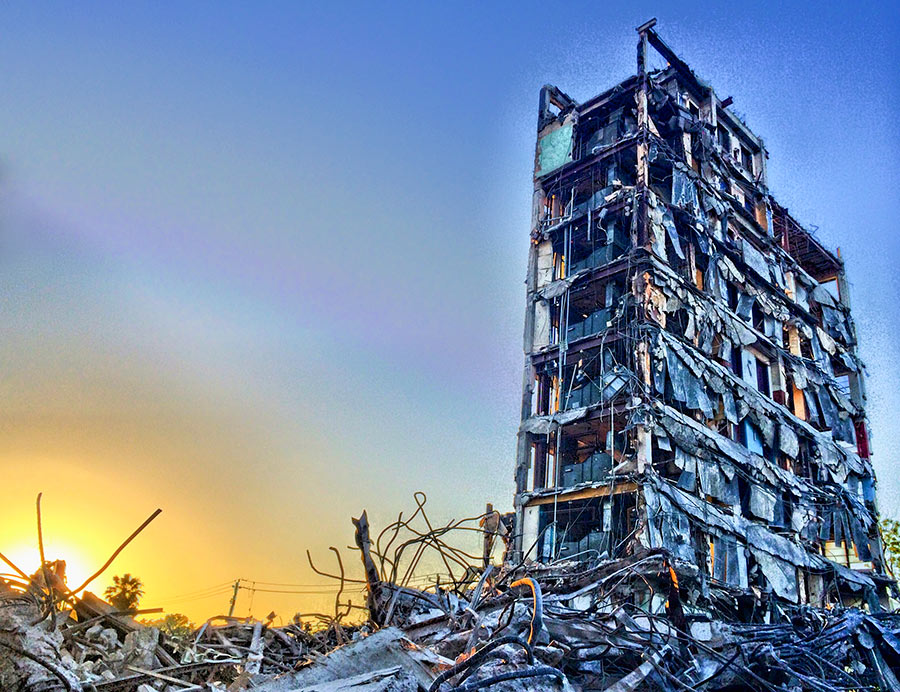
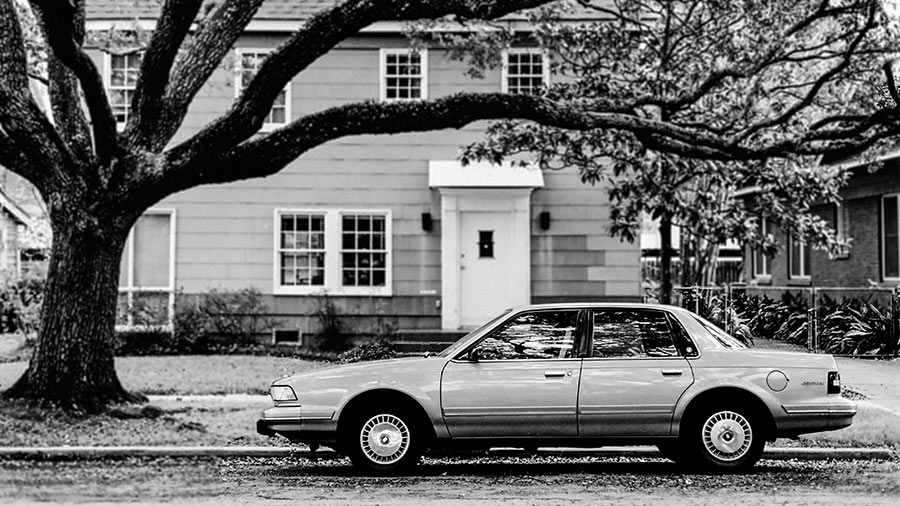 Nostalgia for Montrose’s good old days as a counterculture hub has a history almost as long and involved as the neighborhood itself, curator of Houston lore John Nova Lomax points out in a new essay for Texas Monthly. “I’ve heard generations of these death-by-gentrification declarations. Hippies might tell you it died around the time Space City! went under in 1972,” he writes (Lomax himself was “conceived in Montrose by hippie parents, in a house on the corner of Dunlavy and West Alabama.”) “There have almost always been laments about rising rents: In 1973, Montrose was featured in Texas Monthly’s third-ever issue, with folk singer Don Sanders fretting about a mass exodus of creative types brought on when area leases topped a whopping $100.” Since then, however, the losses have only mounted: “
Nostalgia for Montrose’s good old days as a counterculture hub has a history almost as long and involved as the neighborhood itself, curator of Houston lore John Nova Lomax points out in a new essay for Texas Monthly. “I’ve heard generations of these death-by-gentrification declarations. Hippies might tell you it died around the time Space City! went under in 1972,” he writes (Lomax himself was “conceived in Montrose by hippie parents, in a house on the corner of Dunlavy and West Alabama.”) “There have almost always been laments about rising rents: In 1973, Montrose was featured in Texas Monthly’s third-ever issue, with folk singer Don Sanders fretting about a mass exodus of creative types brought on when area leases topped a whopping $100.” Since then, however, the losses have only mounted: “